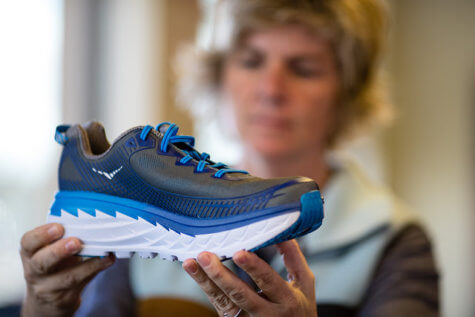BEND, Ore. — Runners who wear “maximal” running shoes may face a higher risk of lower leg pain and injuries than people who use “neutral” running shoes, according to a study by researchers at Oregon State University.
Maximal running shoes are characterized by having more padding than other shoes, especially in the forefoot midsole region. The shoes are supposed to give runners more support and mitigate common jogging injuries. Some runners who have used maximal shoes have reported feeling the extra cushioning after two or three miles of running. Since being introduced in 2010, there are now more than 20 types of the shoe available.

Comparing maximal shoes to neutral shoes, the researchers found that maximal shoes usually caused a higher impact peak in users, and an increased loading rate. These factors contribute to a greater risk of suffering from plantar fasciitis and stress fractures in the tibia, which can put an athlete on the shelf for a significant period of time.
The researchers used their Functional Orthopedic Research Center of Excellence (FORCE) Lab to compare the biometrics of neutral and maximal running shoes worn by 15 female runners.
Researchers analyzed the impact on the runners’ legs and feet before and after a simulated three-mile run on the treadmill. Each participant wore a neutral shoe, then after a seven-to-ten-day waiting period, they completed the test again in maximal shoes.
“We were surprised by these results,” notes Christine Pollard study author, director of the FORCE Lab, and associate professor of kinesiology at the university, in a media release. “We thought we would see the opposite. Typically, increased cushioning results in a reduction in the impact peak and loading rate of the vertical ground reaction force. We suspect that the large amount of cushioning across the entire midsole caused the runners to rely more on the shoe than on their own internal structures to attenuate these forces.”
Pollard believes the same study might yield different results when tested on male runners. “We know that gender differences in running biomechanics do exist,” she says, acknowledging the current research is just the first step in gauging the true level of safety in the trendy footwear.
The study was published in The Orthopaedic Journal of Sports Medicine.
